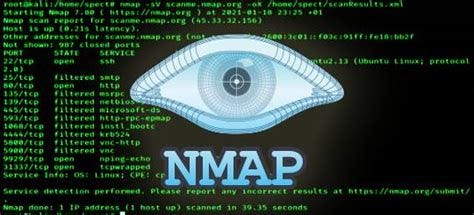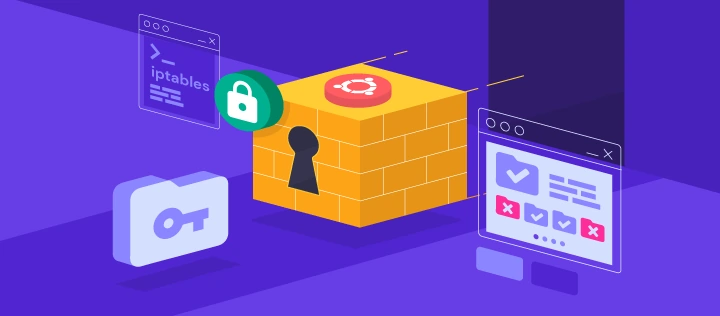Edit a Rule in iptables
Introduction
iptables is a powerful firewall tool for Linux systems, allowing administrators to configure and manage network traffic rules. While adding or deleting rules is straightforward, editing a rule in iptables can be more nuanced, especially for advanced users. This guide provides a detailed walkthrough on how to edit a rule in iptables on Ubuntu, including practical examples, tips, and best practices. Whether you’re looking to edit iptables rules on Debian or move a rule up in iptables, this article has you covered.
Understanding iptables Rules
Before diving into editing rules, it’s essential to understand how iptables organizes its rules. iptables uses chains (e.g., INPUT, OUTPUT, FORWARD) and tables (e.g., filter, nat, mangle) to categorize rules. Each rule consists of:
- Criteria: Conditions that determine when the rule applies (e.g., source IP, port).
- Target: The action to take if the criteria are met (e.g., ACCEPT, DROP).
Rules are processed in order, so their position in the chain matters. This makes editing or moving rules a critical task for maintaining an effective firewall configuration.
How to Edit a Rule in iptables on Ubuntu
Editing a rule in iptables isn’t as simple as modifying a line in a text file. Since iptables doesn’t provide a direct “edit” command, you’ll need to delete the old rule and add a new one with the desired changes. Below is a step-by-step guide:
Step 1: Identify the Rule to Edit
First, list the current rules to identify the one you want to modify. Use the following command:
sudo iptables -L -v -n --line-numbers
This will display the rules with line numbers, making it easier to locate the specific rule.
Step 2: Delete the Old Rule
Once you’ve identified the rule, delete it using its line number and chain. For example, to delete rule number 3 in the INPUT chain:
sudo iptables -D INPUT 3
Step 3: Add the New Rule
Now, add the updated rule. For instance, if you want to change a rule that allows traffic on port 22 (SSH) to only allow traffic from a specific IP:
sudo iptables -A INPUT -p tcp --dport 22 -s 192.168.1.100 -j ACCEPT
Step 4: Verify the Changes
Finally, list the rules again to ensure the changes were applied correctly:
sudo iptables -L -v -n
Practical Examples of Editing iptables Rules
Example 1: Editing a Rule to Change a Port
Suppose you have a rule allowing traffic on port 80, but you want to change it to port 8080. Here’s how:
- Delete the old rule:
sudo iptables -D INPUT -p tcp --dport 80 -j ACCEPT - Add the new rule:
sudo iptables -A INPUT -p tcp --dport 8080 -j ACCEPT
Example 2: Moving a Rule Up in the Chain
To move a rule to a higher position (e.g., from line 5 to line 2):
- Delete the rule from its current position:
sudo iptables -D INPUT 5 - Insert the rule at the desired position:
sudo iptables -I INPUT 2 -p tcp --dport 22 -j ACCEPT
Advanced Tips for Managing iptables Rules
Using iptables-save and iptables-restore
To avoid losing your rules during system reboots, use iptables-save to export your configuration:
sudo iptables-save > /etc/iptables/rules.v4
To restore the rules:
sudo iptables-restore < /etc/iptables/rules.v4
Automating Rule Management
Consider using scripts or tools like ufw (Uncomplicated Firewall) to simplify rule management. However, for advanced users, manual iptables configuration offers greater flexibility.
Common Challenges and Solutions
Challenge 1: Accidentally Locking Yourself Out
When editing rules, especially for SSH, there’s a risk of locking yourself out of the system. To mitigate this:
- Always test rules in a non-production environment first.
- Use a secondary session to verify connectivity before closing the primary one.
Challenge 2: Rule Order Issues
Since iptables processes rules sequentially, incorrect ordering can lead to unexpected behavior. Use the --line-numbers option to carefully manage rule positions.
Conclusion
Editing a rule in iptables on Ubuntu requires a clear understanding of how rules are structured and processed. By following the steps outlined in this guide, you can confidently edit, delete, or move rules to optimize your firewall configuration. Whether you’re working on Ubuntu or Debian, these techniques will help you maintain a secure and efficient system.
For further reading, check out the official iptables documentation or explore advanced topics like iptables scripting and firewall optimization.
Latest blog posts
Explore the world of programming and cybersecurity through our curated collection of blog posts. From cutting-edge coding trends to the latest cyber threats and defense strategies, we've got you covered.

